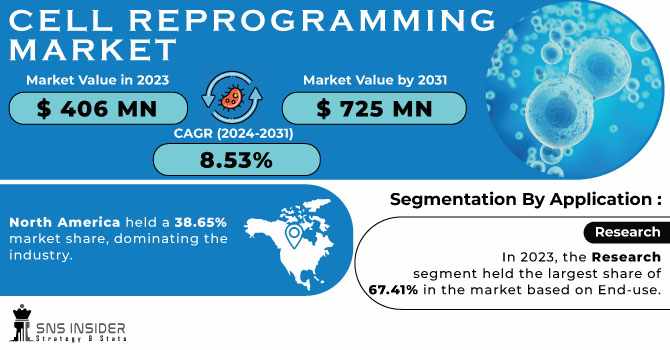
The PET Scanners Market was valued at USD 2.08 billion in 2022 and is estimated to reach USD 3.04 billion by 2030, expanding at a CAGR of 5.6% during the forecast period. The market is being driven by a growing demand for advanced diagnostic imaging solutions and an increasing global burden of chronic diseases such as cancer and cardiovascular disorders.
Market Overview
Positron Emission Tomography (PET) scanners are pivotal in modern medical diagnostics, offering non-invasive imaging capabilities that provide detailed insights into metabolic and physiological processes. The rise in geriatric populations, technological advancements in imaging systems, and heightened awareness of early disease detection are further propelling market growth.
Get Free Sample Report @ https://www.snsinsider.com/sample-request/4152
Regional Analysis
North America remains the dominant region in the PET scanners market, thanks to a well-established healthcare infrastructure, rapid adoption of innovative technologies, and a high incidence of chronic illnesses.
Europe follows closely, supported by government initiatives to improve diagnostic services and the presence of key market players.
Asia-Pacific is expected to witness the fastest growth due to increasing healthcare expenditure, rising awareness, and improved access to medical facilities in emerging economies like China and India.
Latin America and the Middle East & Africa are gradually adopting PET technology as healthcare systems develop and investments in infrastructure increase.
Market Segmentation
By Product Type:
Full Ring PET Scanners
Partial Ring PET Scanners
By Application:
Oncology
Cardiology
Neurology
Others
By End-User:
Hospitals
Diagnostic Centers
Research Institutes
KEY PLAYERS:
The key market players are Kindsway Biotech, Canon Medical Systems, PerkinElmer, Neusoft Medical Systems Co., Ltd., GE Healthcare, Mediso Ltd., Koninklijke Phillips N.V., Positron Corporation, Siemens Healthineers AG, Shimadzu Corporation and Other players.
Key Points
Rising prevalence of cancer is significantly boosting demand for PET imaging.
Hybrid imaging systems (such as PET/CT and PET/MRI) are gaining traction for their enhanced diagnostic accuracy.
Government support and healthcare reforms are playing a crucial role in expanding PET scan accessibility.
Technological innovations, such as time-of-flight (TOF) and digital PET, are setting new standards in imaging quality.
Strategic collaborations among key players are accelerating market expansion and innovation.
Future Scope
The future of the PET scanners market looks promising, with continued advancements expected in artificial intelligence integration, personalized diagnostics, and portable PET imaging solutions. As precision medicine gains ground, the demand for accurate and early disease detection methods will further boost the market. Moreover, expanding applications in neurology and cardiology, beyond oncology, will widen the scope and utility of PET scanners globally.
Conclusion
The PET scanners market is on a robust growth trajectory, fueled by increasing healthcare demands and rapid technological evolution. With enhanced diagnostic accuracy and expanding applications, PET scanners are set to become even more integral to modern medicine in the years ahead.
Contact Us:
Jagney Dave - Vice President of Client Engagement
Phone: +1-315 636 4242 (US) | +44- 20 3290 5010 (UK)
Other Related Reports:




















Write a comment ...